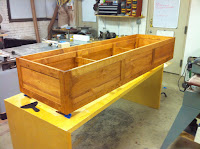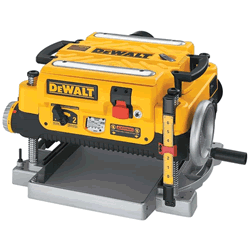I have begun a carpentry project using plans from a book I bought from my friends at the Rockler Store in Cambridge.
So far, things are going ok. But I have noticed a few things I didn't expect. First of all, the 3/4" mahogany from Boulter Plywood in Somerville Massachusetts is exactly 3/4" thick. What a bummer! Since all boards are warped and need to be joined and planed, you can't actually get a 3/4" board from Boutler Plywood. The mahogany I found on sale at Rockler in Cambridge, Mass, on the other hand, came in at about 14/16" - a reasonable margin that at least gets you close to a final 3/4" thickness if you select your boards carefully.
To be fair, the
plywood from Boulter is of good quality, they serve it up custom-cut quite quickly, and they've got a treasure-trove of hardwood plywood types that give you extreme bang-for-the-buck as well as a very flat and stable board that's inexpensive and looks almost as good as real hardwood.
I also found that the mitre gauge that came with my Delta 1 3/4 h.p. contractor's saw doesn't stop quite at 90 degrees perpendicular to the blade. I used a piece of padouk wood for a fence, and planed it down a hair across the face to correct the angle. But I fear further warping of my fence. Do i have to buy a pre-made mitre gauge or even a crosscut sled?
Using my Delta X5 joiner and DeWalt tabletop planer, I milled 3-5" boards for the shelves and sides of my bookcase. Since I had to use some mahogany from Boulter, I ended up with a thickness of 0.55" rather than the 0.75" called for in the plans. Time to turn down those 3/8" dadoes to 3/4"!
I hope the shelves hold. :)
I also made an error in joining the sides: one plank on one side measures 44" rather than the 45" called for in the plans. The mistake gave me an idea for the shape of the top of the case, which I hope to reveal later on next week.
In the meantime, take a peek at some beautiful mahogany joined boards. One of them in particular looks great. Too bad it's a shelf piece and not a side.
...And here we go on the dadoes. No routing dadoes for me. I am staying away from the beast for a little while...






















































